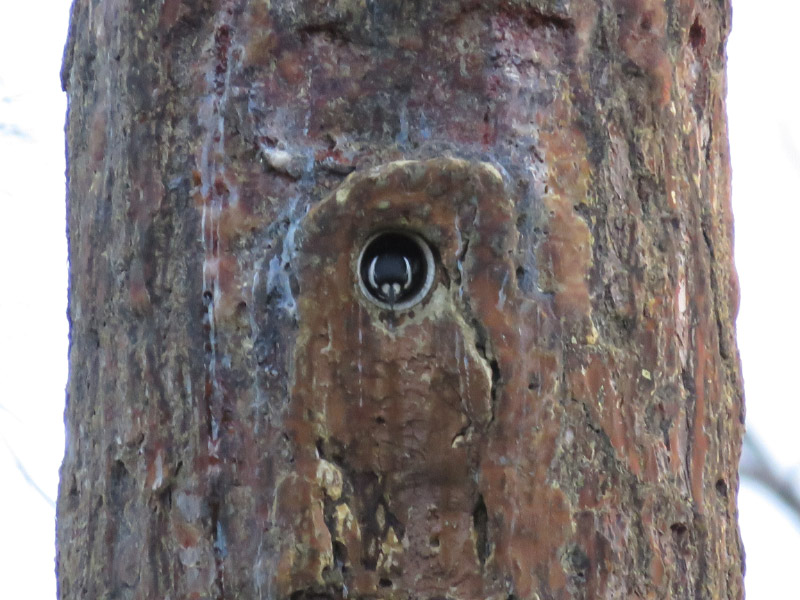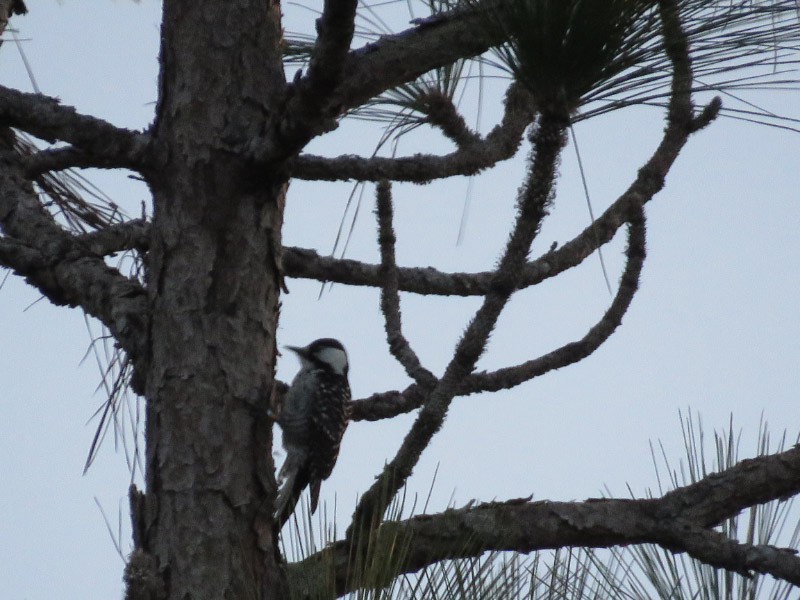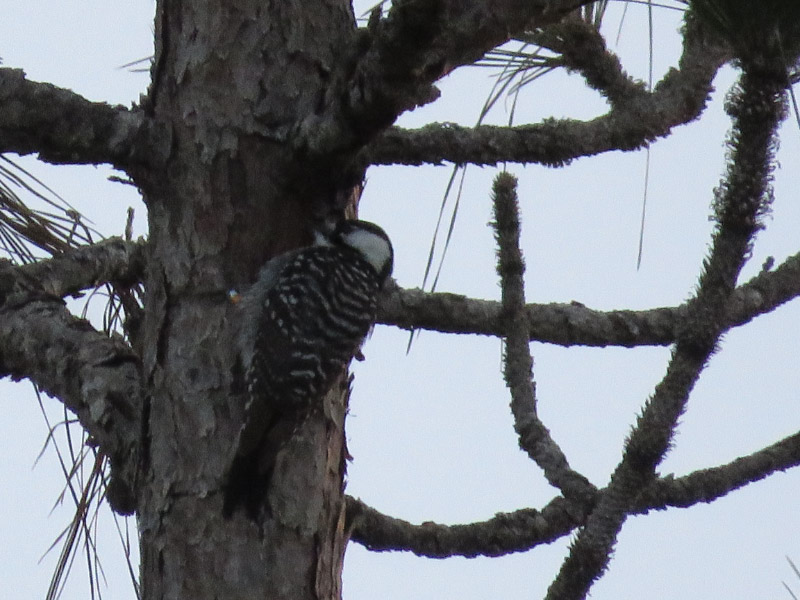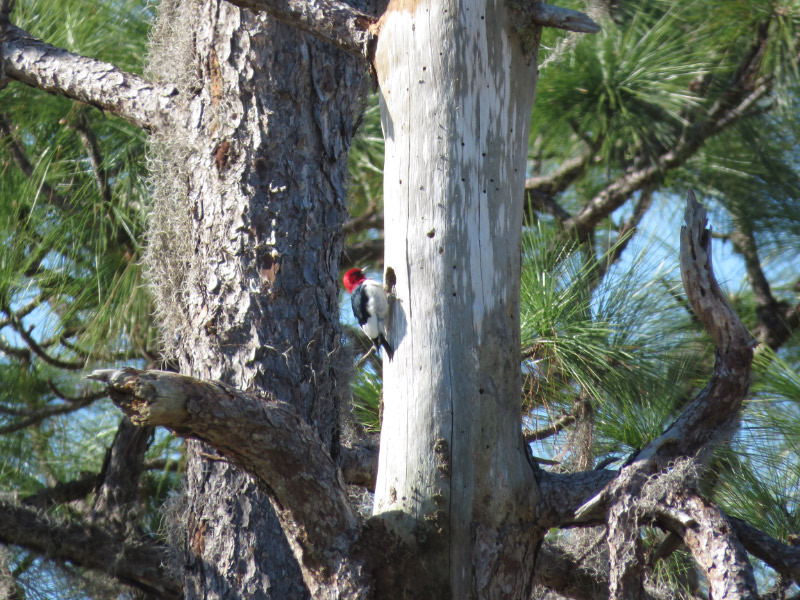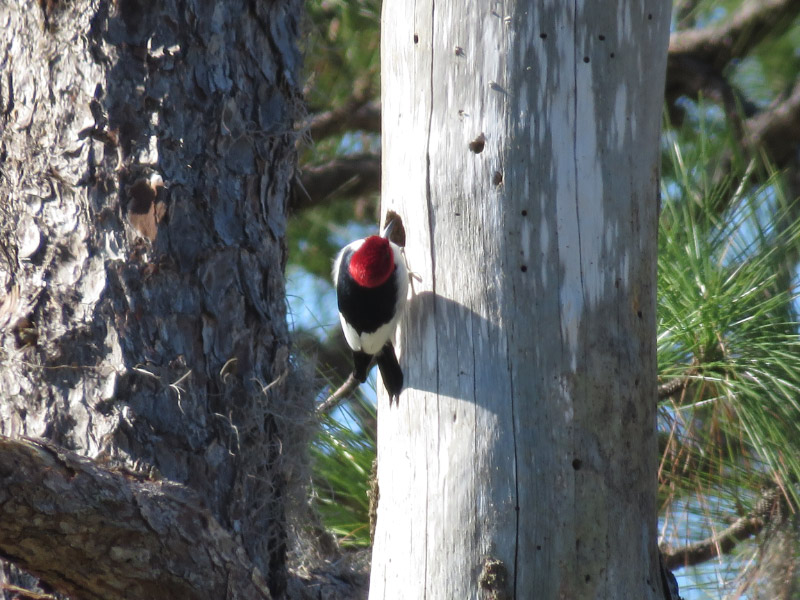Gleanings of the Week Ending July 31, 2021
/The items below were ‘the cream’ of the articles and websites I found this past week. Click on the light green text to look at the article.
Climate Change Responsible for Recent Decline of Eastern Monarch Butterflies – I know that the milkweed in my Maryland yard is not as healthy looking and I don’t see as many butterflies as I did in the 1990s…it’s a sad trend.
Top 25 birds of the week: July 2021 and Perching – A special treat – two collections of bird photographs in this gleanings post!
The parenting penalties faced by scientist mothers – There are no single or quick ‘fixes’ – moving forward requires thoughtful approaches. The status quo is not acceptable or sustainable!
True Grit: Adventures in Red-Cockaded Woodpecker Research – My husband and I saw red-cockaded woodpeckers in Florida during a birding festival field trip…so I tend to look at articles that appear in my news feed about them.
Florida Breaks Annual Manatee Death Record In First 6 Months Of 2021 – Florida seems to be a less appealing place to visit these days. Manatees were an animal my husband and I always wanted to see there and now they are starving to death because the seagrass (their food) is dead or dying in polluted waters. Other animals are probably impacted as well.
Chaco Culture National Historical Park: Hard To Reach, Filled With The Unexpected – I’ve only been to Chaco Canyon once….in the spring when it wasn’t overly hot. There were not many people on the windy, cool day we were there. The sounds of the place increased the sense of history in the ruins.
Air pollution during pregnancy may affect growth of newborn babies – There are so many aspects of the human impact on our environment that overwhelm what our bodies can handle…we should probably assume that there will be health impacts – particularly noticeable in the very young and the very old.
Burrowing Owls Face an Uncertain Future – They need holes from small colonial mammals….areas that are not plowed.
U.S. Power Sector Sees Biggest One-Year Drop in Emissions in More Than Two Decades – Picking up the pace as more renewables come online.
‘Inflammation clock’ can reveal body’s biological age – Maybe this turns out to be a good diagnostic to prompt interventions to extend healthy lifespan (via treatments on specific types of inflammation).




